Lilac flowers are one of a kind and a favorite of every plant lover. Growing them at home isn’t difficult but you need to take care of a lot of things. Due to lack of proper care, these plants start showing symptoms of poor health like brown leaves and many more. If you’re noticing the leaves of your lilac plebes turning brown, you must pay immediate attention to them. This post will further take you through the main causes of this problem.
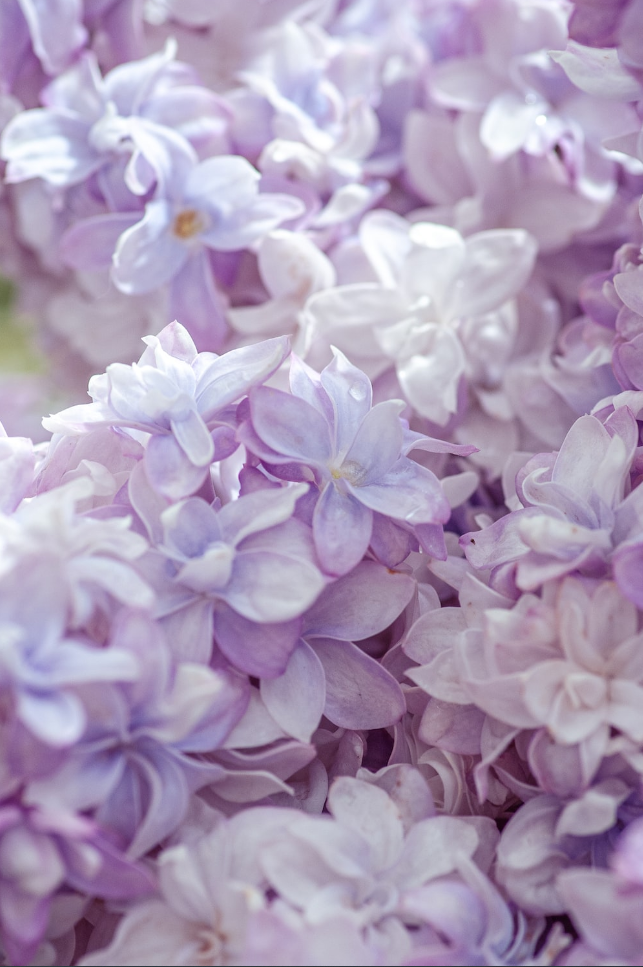
Why is Lilac leaves turning brown?
There are several reasons for lilac plants to have brown leaves. Some of the important causes along with their solution are as follows:
1. Diseases
Bacterial blight is a very common cause of the discoloration of lilac leaves. This disease is mainly caused due to the presence of bacteria named Pseudomonas syringae. It can also affect the stems along with leaves of the lilac plant. The symptoms of this disease include black or brown spots on the leaves, lead drops, and wilting.
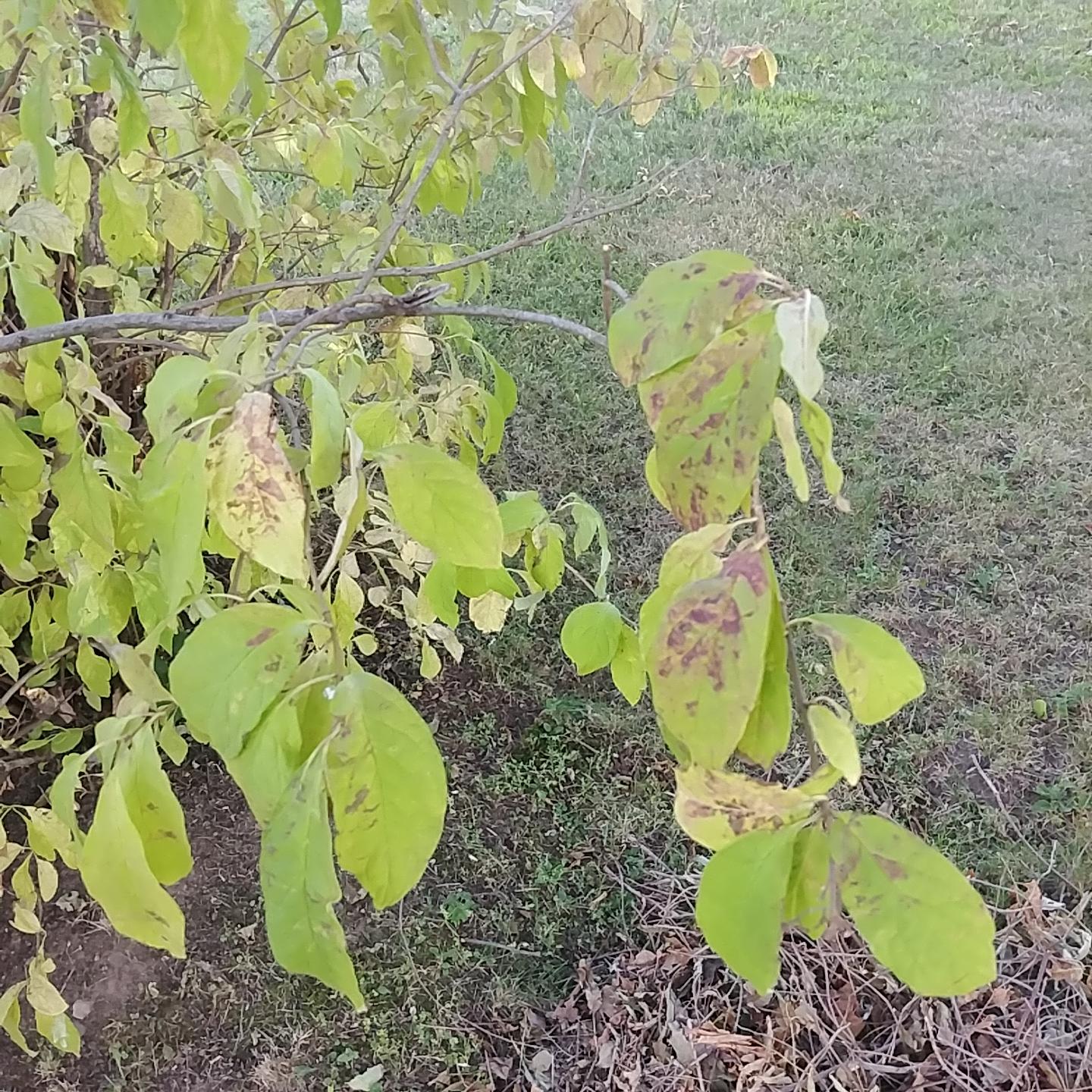
Powdery mildew is a fungal disease that often leads to the discoloration of lilac leaves. The main cause of this disease is the fungus called Erysipge Cichoracearum. It can also affect the stems of your lilac plant. The symptoms of this disease are greyish or white powdery mildew on stems and leaves.
Solution
The best solution to this problem is removing the infected branches or leaves of the plant. This will help in controlling the disease. Pruning is also recommended through the infected areas as it encourages new growth. Also, don’t forget to disinfect your pruning instruments after you use them every time.
The best way to control the spread of powdery mildew on stems and leaves is to prune away the infected areas of your plant. You can also do treatment using a fungicide that contains sulfur as an active ingredient which helps in killing the fungus.
2. Frost damage
Lilac leaves may also turn brown due to damage caused by cold weather and frost. This damage can be often visualized on the margins or tips of the lilac plants. However, you must also keep in mind that lilac leaves may appear brown if you expose the plant to very cold temperatures. This often happens if you grow the plant in cold weather regions or if there is a sudden drop in temperature.
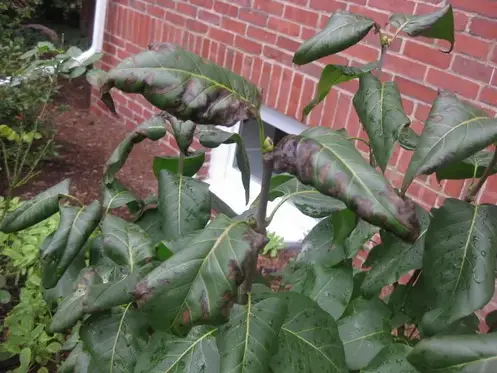
Solution
If you are sure that your Lilac leaves are damaged due to frostbite, just prune away the infected parts and make sure that you protect your plants from such cold weather in the future. To ensure this, you can use organic mulch near the plant base, use frost cloth or cover your plant using a plastic tarp. If you think that the temperature is too low for your lilac plants, cover them using a frost blanket. You can also move them to a warm area or greenhouse in the winter season.
3. High exposure to the sun
Another reason why the leaves of your lilac plant may become brown is due to being exposed to the sun. If you grow your plant in a sunny area or expose it to the sun for a longer period, you may find the leaves becoming brown. If you have kept your lilac plants under direct sunlight for too long, you may find the leaves gradually turning brown.
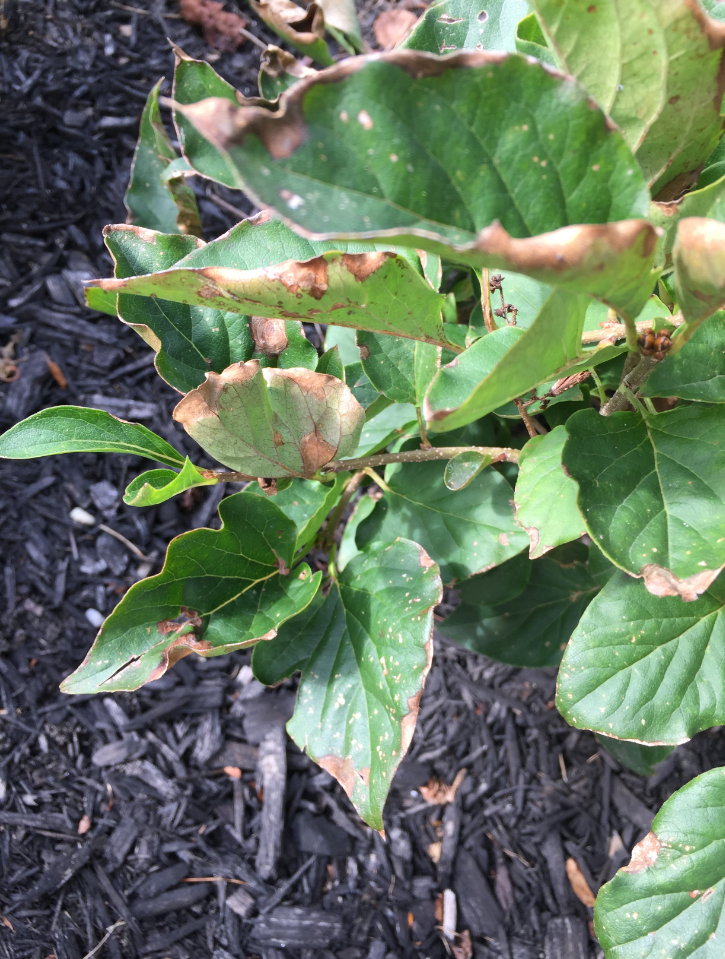
Solution
If you think that your lilac plants are overexposed to the sun, prune away some of the leaves to enable better air circulation. This will also help in reducing the amount of direct sunlight received by your plant. If possible, try shifting the plant to a shady area. Try not to keep your lilac plant under direct sunlight for too long. You can place it indoors near a window to ensure that it gets only the required amount of sunlight. In the summer season, move your lilac plants indoors or keep them under a shade.
4. Insect attack
Lilac leaves start becoming brown if attacked by insects. Two commonly found insects attack these leaves namely Japanese beetles and aphids. The underside part of the leaves is usually attacked by aphids which can make them look brown. Japanese beetles are insects that can eat entire leaves which are also a reason why the leaves turn brown.
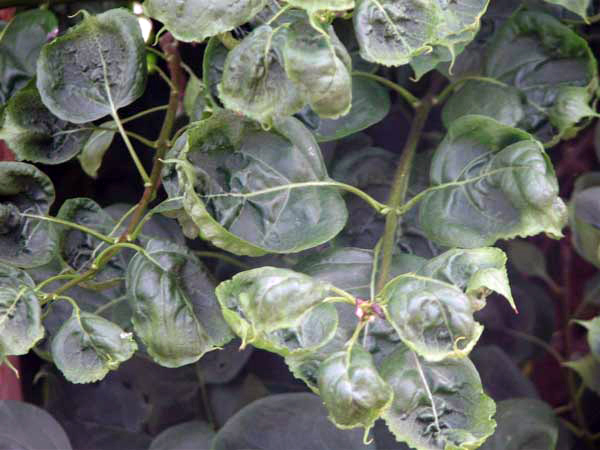
Solution
You can use a suitable insecticide to treat your plants or can even remove the insects from your plants very easily. You should always follow the instructions mentioned on the package of insecticide while using it on your plants. Use the right amount as it can cause severe damage to your plants if used in larger amounts. Also, make sure that you choose the right insecticide that suits the nature and requirements of your plant.
5. Lack of water
Lilac leaves may appear brown if they don’t get adequate water. This can also happen if your plant isn’t watered regularly. This can also happen due to the dryness of the soil. Lack of water may also cause the root of your lilac plants to die and that’s why the leaves become brown.
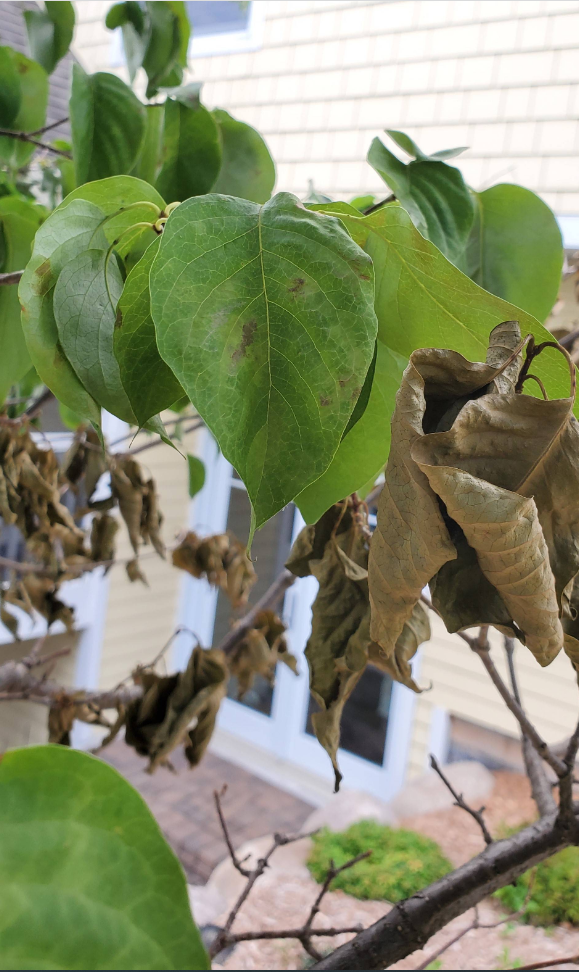
Solution
If your lilac leaves are becoming brown due to lack of water, you must start watering them more frequently. You can also add various organic substances to the soil for better moisture retention or mulching around the plant base for reducing the rate of evaporation will also help.
Conclusion
These are some of the most common causes why your lilac plant may show brown leaves. The discoloration of leaves in lilac plants is mainly due to these reasons only. So, if you can see any such change in your lilac plants, you can be assured that the reason is anyone of these mentioned above. Try to confirm the cause and as soon as you are sure about the cause, use the proper treatment process or solution. This will help you in getting rid of the cause permanently and you won’t find any more brown leaves on your lilac plants ever.

![Lilac Leaves Turning Brown? [5 Causes & Solutions]](https://www.plantsofmerit.org/wp-content/uploads/2022/08/Lilac-Leaves-Turning-Brown-5-Causes-Solutions.jpg)